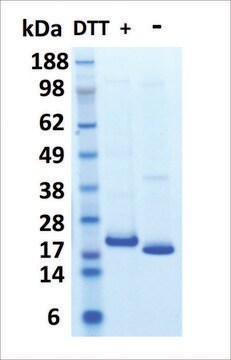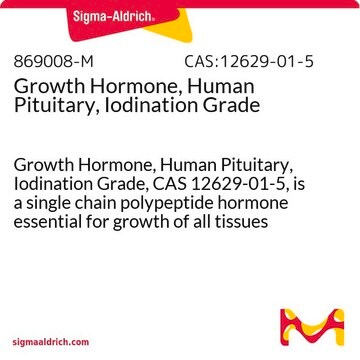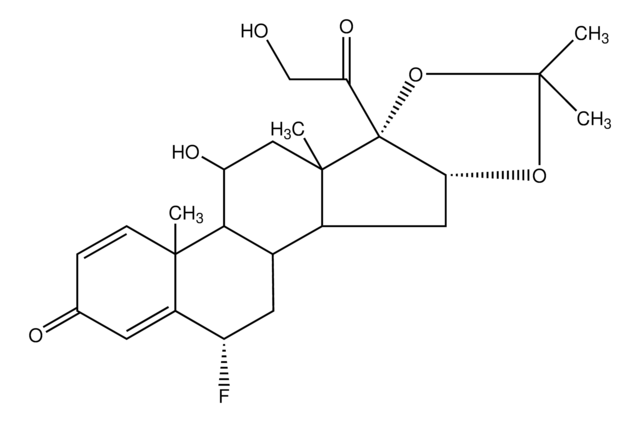H5916
Human Growth Hormone
HumanKine®, recombinant, Xeno-free, >95% (SDS-PAGE), suitable for cell culture
Synonym(s):
HGH, somatotropin
About This Item
Recommended Products
Product Name
Human Growth Hormone human, HGH, recombinant, expressed in HEK 293 cells, HumanKine®, suitable for cell culture
biological source
human
Quality Level
recombinant
expressed in HEK 293 cells
assay
≥95% (SDS-PAGE)
form
lyophilized powder
potency
≤0.5 ng/mL EC50
mol wt
monomer 22 kDa (non-glycosylated)
packaging
pkg of 10 μg
storage condition
avoid repeated freeze/thaw cycles
technique(s)
cell culture | mammalian: suitable
impurities
≤1 EU/mg
storage temp.
−20°C
General description
Application
Biochem/physiol Actions
Physical form
Preparation Note
Analysis Note
Legal Information
Storage Class
11 - Combustible Solids
wgk_germany
WGK 3
flash_point_f
Not applicable
flash_point_c
Not applicable
Choose from one of the most recent versions:
Already Own This Product?
Find documentation for the products that you have recently purchased in the Document Library.
Customers Also Viewed
Articles
Discover answers to your frequently asked questions about animal component-free, xenobiotic-free, and chemically defined media and reagents for cell culture.
Chromatograms
application for HPLCOur team of scientists has experience in all areas of research including Life Science, Material Science, Chemical Synthesis, Chromatography, Analytical and many others.
Contact Technical Service









